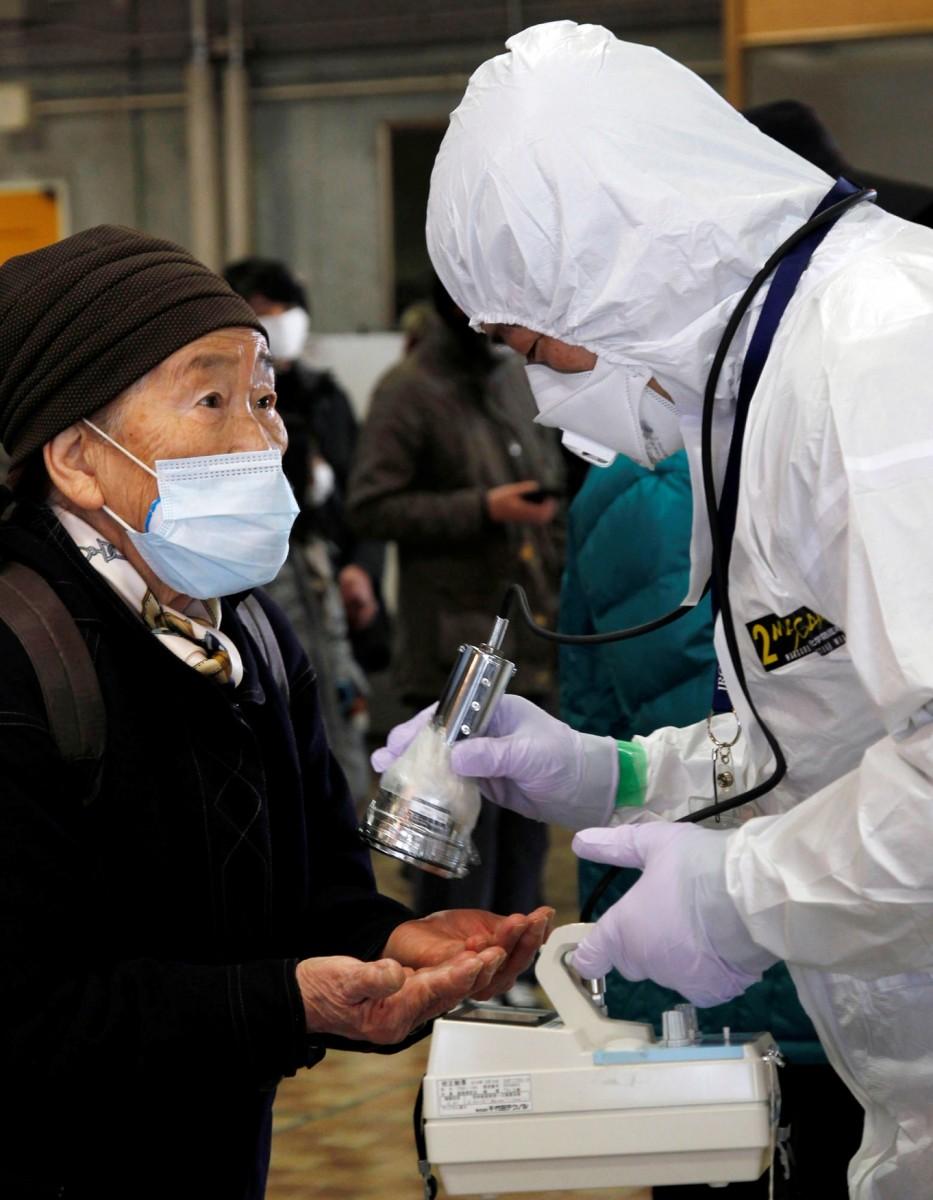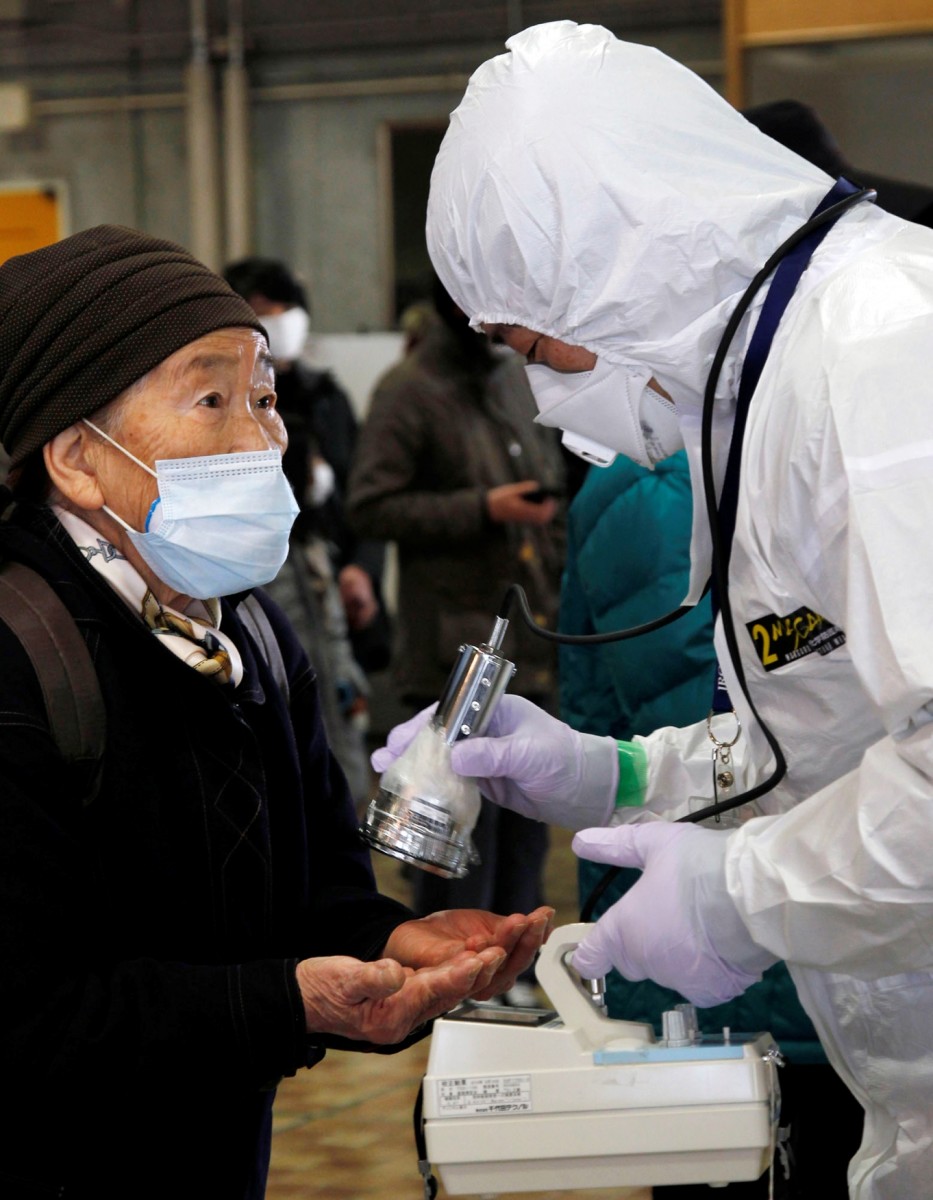More than a year after the Fukushima nuclear incident, there is still much disagreement about many aspects of its actual consequences. A recent example is a report by the World Health Organization, which estimates radiation doses and cancer risks in the wake of the disaster.
Its findings are being criticized by other medical professionals who use different assumptions and different science, and accuse the WHO of downplaying the gravity of the health risks for people living in the affected area.
The WHO’s May 23 report, “Preliminary dose estimation from the nuclear accident after the 2011 Great East Japan Earthquake and Tsunami,” concludes that radiation levels are too low to significantly increase the cancer risk in most of Japan.
Dr. Helen Caldicott, former Harvard Medical School instructor, author, and long-time anti-nuclear activist, is critical of the WHO’s methodology. The Australian physician charges that the report is based on estimations and “guesstimations” derived from very little data.
“In fact, no one really knows how much radiation has been and is still being released,” she said.
Dr. Caldicott also disagrees with the WHO’s basis for calculating cancer risks from radiation, which assumes that doses below a certain level do not increase the risk of cancer.
She says there are studies showing that all radiation exposure is harmful since the effect is cumulative. Moreover, she says, “New data is now showing that very low doses of radiation may be more dangerous … than originally estimated.”
The WHO says it adheres to an “evidence-based approach.” Gregory Härtl, media relations coordinator at the WHO, told The Epoch Times that no epidemiological studies “have yet been able to demonstrate a statistically significant increase in the risk” below doses of 100 mSv (millisievert).
The WHO does, however, recognize the Linear No-Threshold hypothesis, which says that there is no limit below which radiation becomes harmless. But at a certain point, the increased risk becomes difficult to detect due to the high “spontaneous cancer incidence,” Härtl said.
Given that 20 to 30 percent of deaths in Japan are from cancer, according to the Atomic Energy Society of Japan, an exposure of under 100 mSv would raise that risk by only 0.5 percent. This increase would be statistically indistinguishable amid other factors such dietary habits, smoking, and so on.
Apart from her criticism of the WHO’s radiation estimations and cancer risk assessment, Dr. Caldicott says the WHO only focuses on thyroid cancer and ignores all other cancers and other radiation related diseases.
She believes the Japanese government, medical establishments, and power company TEPCO, are involved in a “concerted cover-up of data” concerning medical abnormalities in the wake of the Fukushima incident.
“There is a substantially increased incidence of thyroid tumors among exposed children, up to 50 percent of those tested by ultrasound. But instead of biopsying these tumors, they are ‘following’ them, i.e. doing nothing, which means they are not being diagnosed and many of these children are therefore destined to die, because almost certainly many of the tumors will be malignant,” she says, adding that these actions amounted to a “medical irresponsibility” on a level she has rarely or never seen.
She is far from alone in her views. Since Fukushima, the Japanese government has had a hard time convincing the public and elements in the scientific community that it is being forthcoming with information. In view of that, other information is being sought elsewhere.
The scientific community is analyzing the data producing many of its own reports. And blogs like “Fukushima Diary” are collecting stories about everything from abnormalities in plant life to increases in nausea and stress in schoolchildren, as well as closely following developments at the nuclear plant itself.
The Epoch Times publishes in 35 countries and in 19 languages. Subscribe to our e-newsletter.






